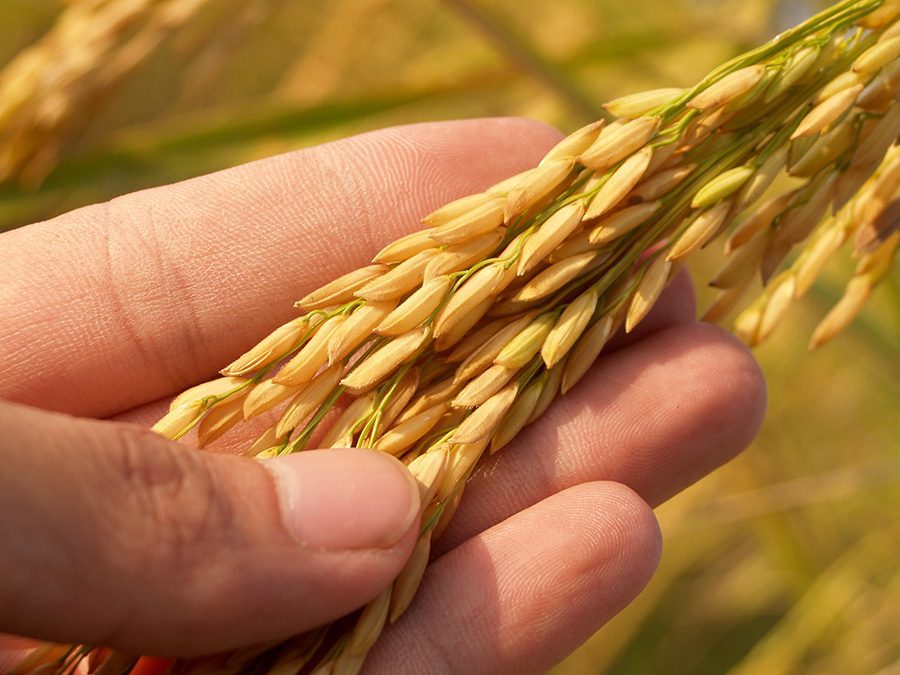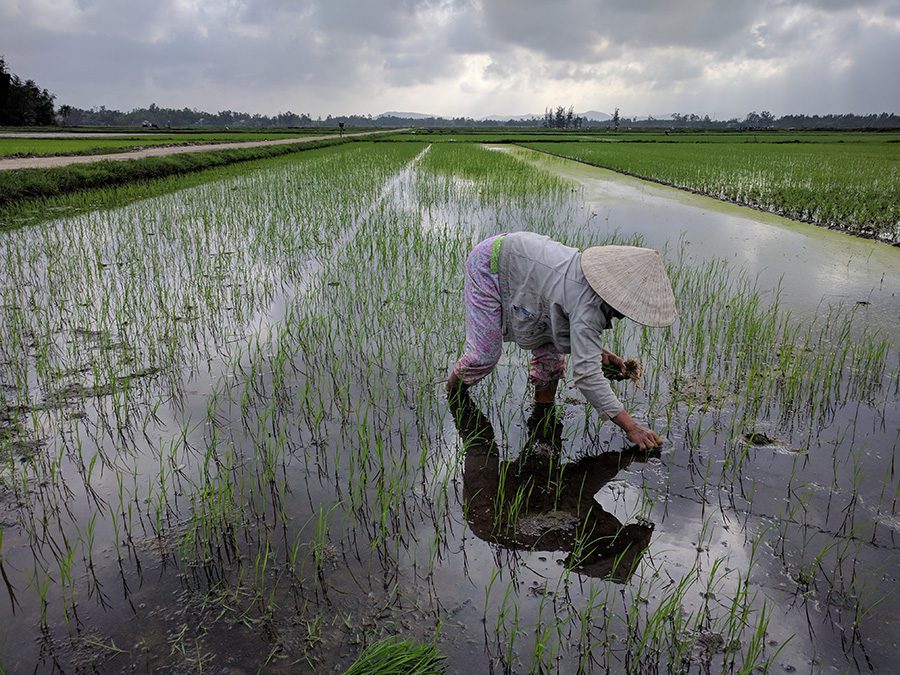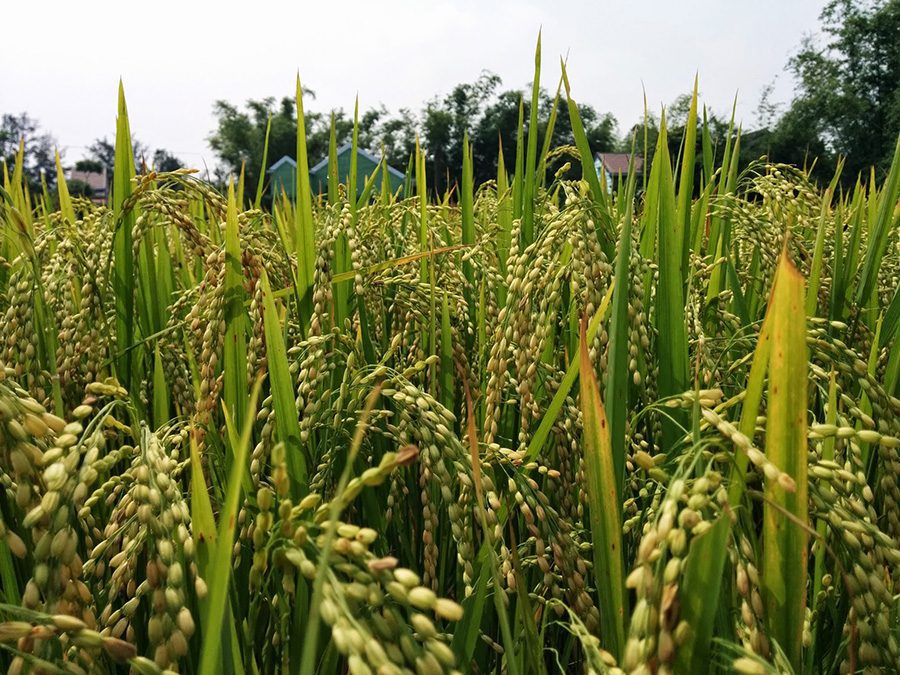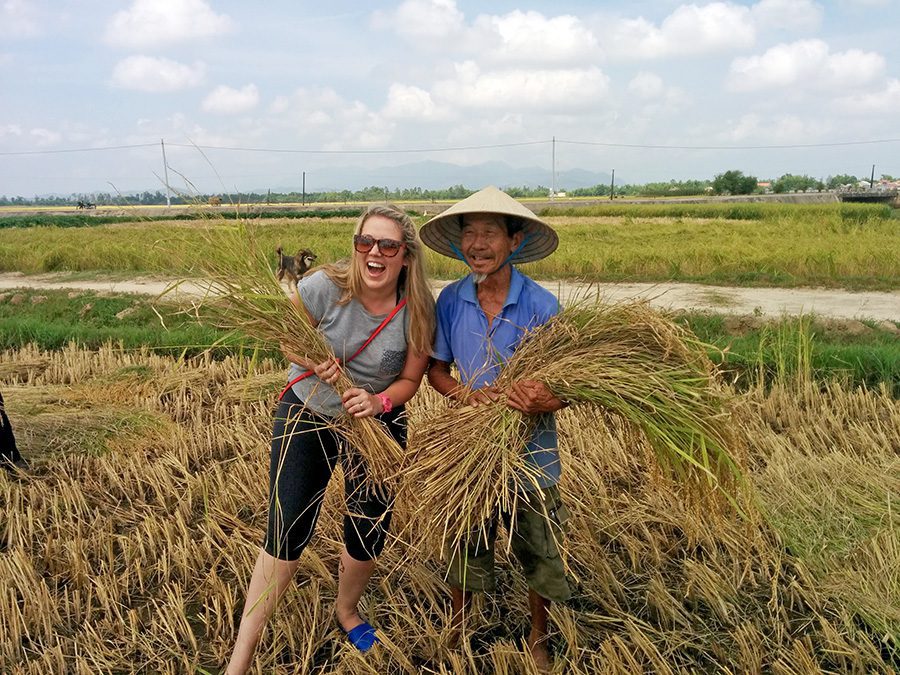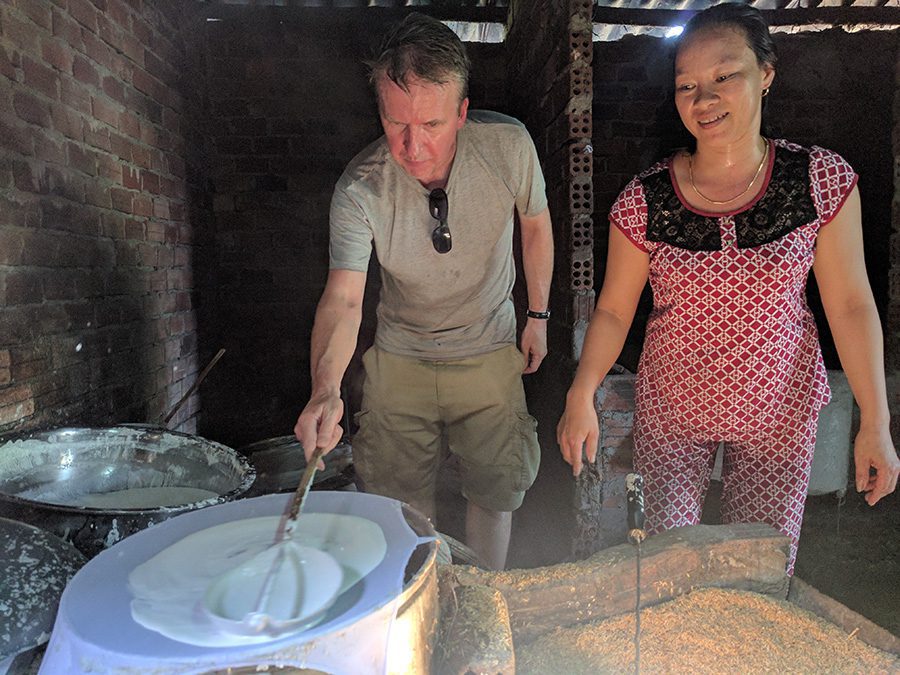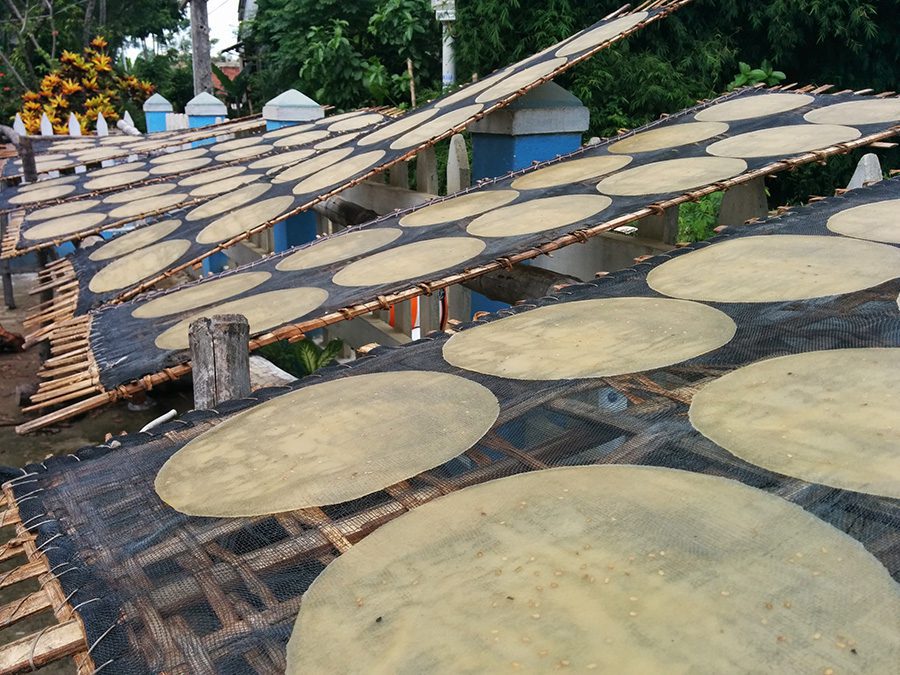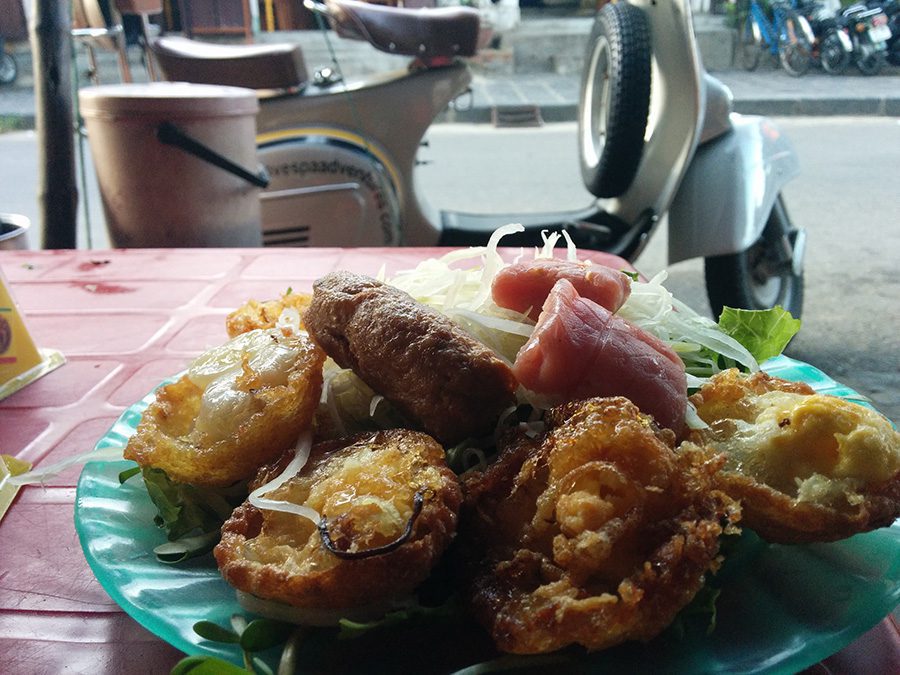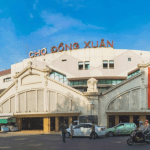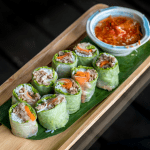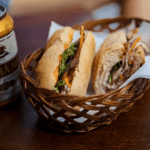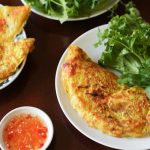by Neil Fraser
Rice plays such an essential part of Vietnamese cuisine, that we often hear this phrase: “ăn cơm chưa”. This literally means “have you had rice yet?” however this is used to ask if you are hungry such is the importance of rice in the locals diet.
Vietnam is consistently in the top 5 producers & exporters of rice in the world & this resilient crop is grown across Vietnam. In the south & the Mekong Delta, with the favourable weather conditions the growers can expect 3 crops annually. The number of annual crops decreases as we head northwards, with 2 crops in Central Vietnam & just the one in the northern provinces.
Here in Central Vietnam, the local farmers were braving the late & hard wet season conditions in early January to plant the crop. This initial process involve the back-breaking planting & then re-planting of the crop to ensure that the yield is maximised.
There is a complex & almost Heath Robinson-esque complex of sluice gates & irrigation channels that ensure the rice paddies are filled with water at the appropriate time & then drained to allow the final growing & ripening process to flourish.
The rice crop here needs around 3-4 months to mature & can be identified as ripe as the grains turn a beautiful yellow colour.
Once ready, the locals usually call in for help, with neighbours being paid with bags of rice for assisting with the harvest as this needs to be done quickly. Our guests can join in at the right time of year, usually April & September, As you can see the farmers are grateful for any help!
This incredibly versatile crop is the mainstay of the diet here & as you can see on both our Countryside & Islands Explorer & Rural Villages Experience tours, the locals work hard on producing the rice crackers & the rice noodles.
Once the crop has been harvested, there is the process of ‘panning’ to be done. With a light wind from across the rice paddies, this will blow away the lighter grains (the chaff) & only the strong grains will drop down vertically to be used.
‘Zero Waste’ – Long before these terms became fashionable, the locals manage to utilise very part of the crop! Apart from serving up a bowl of steamed rice as an essential of almost every meal time here, the stalk (hay) is used to feed animals & the discarded husk is first used as a fuel for steaming the rice noodles or crackers & then the burnt remains are used as a natural fertiliser on the fields!
During the warmer months, rice crackers will take around 3 hours to dry in the sun before being char grilled to form a delicious crispy snack. In the cooler months, more rice noodles will be made which are stronger with two layers on the ground rice paste. A delicious mix of these two is the ‘Banh Dap’ which we sample on our morning tour, the Countryside & Islands Explorer.
Other famous snacks include ‘Banh Xeo’ which you can try on our Saigon After Dark tour & also the ‘Banh Dap’ which we try at the start of our night time foodie tour in Hoi An, the Streets & Eats.
Apart from the practical uses, the crop itself provides a stunning backdrop to our countryside Vespa Adventures! Come see for yourself at http://vespaadventures.com/hoi-an-tours/


